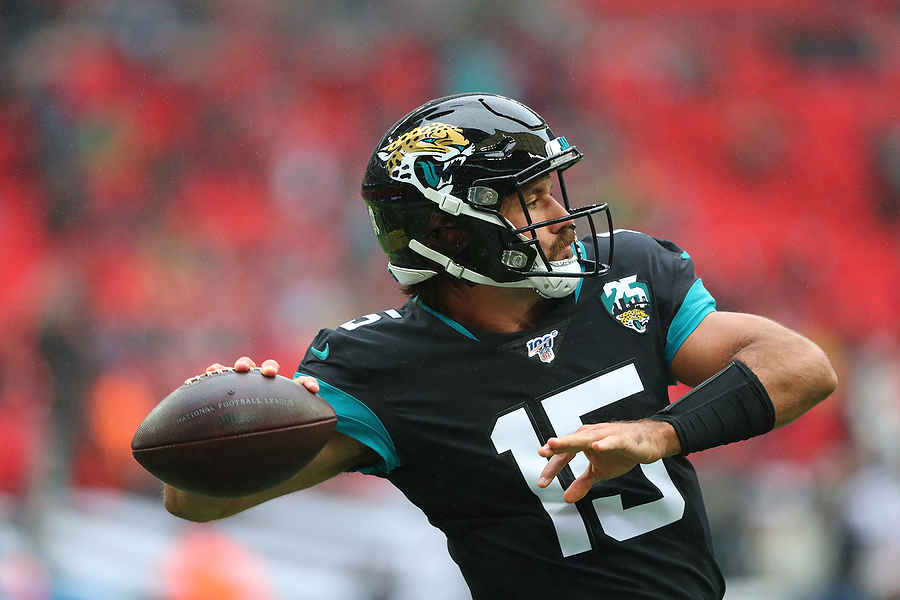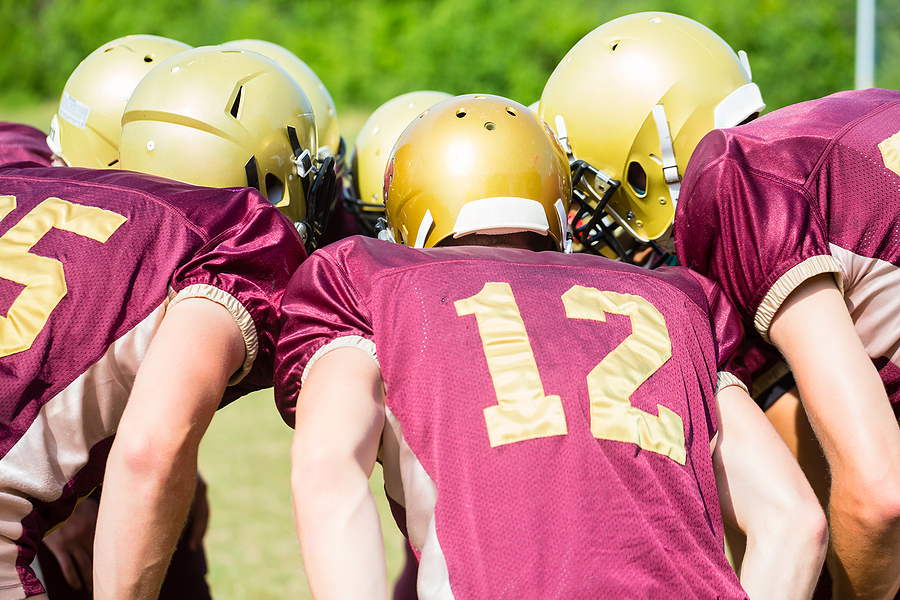
The Psychology of American Football – An Introduction
American Football is one of those sports that goes by different names. The official name is gridiron but most of those in the United States refer to it as NFL despite this just being the name of the highest league. For this article I shall simply refer to it as American Football.
American Football is a sport littered with inspirational quotes and messages. Some are from real life whilst others are from television and/or films. One that is applicable to everyone in a competitive situation came from Cincinnati Bengals running back Archie Griffin. He famously once said “It’s not the size of the dog in the fight, but the size of the fight in the dog”. When you start to sift through them (a quick Google of “American Football quotes” is a worthwhile exercise), you soon realise a large portion are related to the mental side of the game.
Not Just Brutality And Physical Aggressiveness
American Football is known for its brutality and physical aggressiveness but as soon as I started to work with these athletes, from the professional level to high school footballers, it became clear that without the right mental processes talent and physical aptitude wouldn’t lead to the success these individuals desired. They needed mental skills that promoted acceptance, resilience, patience and a mindset that not only recognised their performance but also how it fits into the bigger picture of the offensive or defensive schemes coaches are drawing up. American Football is nuanced and it’s the mental challenges of the sport that take an individual from being good to great to a ‘hall of fame inductee’.
What Are Some Of These Mental Processes?
Let’s look at some of these mental processes and mindsets that can begin to improve the American Football psychology of players who participate on Fridays (high school football), Saturdays (college football) or Sundays (the NFL).
One of the first things about American Football that will stand out to anyone participating or observing is the structure of the game. Every play called is meticulously considered in order to create an advantage for the team and each player has a very particular role to play to execute the play successfully. Aside from trick plays, players fill very individualised roles and this is where we begin to see why good mental processes are important for optimal performance.
As with any team sport one player cannot do everything and this is even truer in American Football. For example, a quarterback can’t snap the ball, drop back and then pass it to themselves. They need the assistance of their teammates to be able to not only have time to throw the ball but also to see a pass completed. To manage the challenge of this, a player needs to have a good practice of acceptance where they can understand their role and focus on completing their given task instead of being distracted by what others on their team are doing.

In speaking with an American Football coach, we used the analogy that for each play, we need to imagine the 11 players on the field are on a boat with 11 leaks. If each player deals with their leak then the boat continues to sail. However, as soon as one person starts focusing on the other leaks or even tries to go and stop the leak somewhere else then they expose themselves. A great example of this is on the offensive line where we need to trust our teammates to hit and stick their blocks rather than trying to block all of the oncoming pass rushers and being found out as a result. This is not the same for less pre-rehearsed sports like soccer whereby from time to time you need to help your teammate fix his or her leak.
Acceptance and Commitment Therapy
Acceptance (being good at it) comes from the field of psychology in the form of Acceptance and Commitment Therapy. At Condor Performance, we look at this by focusing on the level of influence we have in any given moment. We want athletes to channel their energies and efforts into making sure the things that are highly influenceable are what they are taking responsibility for in a sporting context. To put it simply, our own actions are highly influenceable while the actions of others are a much lower level of influenceable. When we accept this, we let go and allow others to do their job while we do ours. We are better focused, can more effectively judge our own performance and are a more complimenting fit within the structure of the team. We can also use this mentality to reset between each play and make sure we know our role and are locked in on accomplishing it while also motivating and encouraging others with theirs where possible.
Another element that stands out is the flow of the game between plays. The stop-start nature of the sport provides the players with a chance to huddle together and reset their intentions on the next play. It also provides the opportunity for each player to reset themselves to ensure that they are fully committed to what comes next – irrespective if previous plays went their way or not. In a sport like American Football it doesn’t matter whether you missed an assignment or ran the wrong route the previous play because it can’t be undone. All we can do is know what is being asked of us this play and look to execute to the best of our abilities with 100% effort. To make this reset work consistently it can be worthwhile to think about different actions that we use to settle, such as taking a deep breath, clapping as we come out of the huddle, redoing the velcro on our gloves, the way we get set in our stance, etc. Having this reset action helps remind us to start again and be committed to what we are trying to execute.
Psychology of American Football For Coaches
If you’re the coach or a leader on the team and you want to be able to take this idea of resetting one step further, then you can look at how the the offensive and defensive teams retake the field following a change of possession. When the unit goes back out onto the field it is an important opportunity to have players focus on landing the metaphorical first punch and creating some momentum on this particular drive. Even if previous possessions resulted in a poor outcome the other team does not have any advantage when this one starts unless we let them by focusing on the past which we cannot change. Just like a boxer coming out for the next round we want to establish ourselves and perform to our plan and create some ascendency that we can build on with each play. This is achieved through communication and the way we look to motivate and create energy in our athletes and teammates. We want to ensure we aren’t placing unnecessary pressure on their shoulders and instead highlighting that the ultimate goal of each possession is exactly the same: to have committed players on the field who know their roles and are giving 100% effort on each play. If you can get 11 players all buying into that philosophy and letting their actions do the talking we know we’ve got them in the right headspace.
For individual players, one thing we also want to keep in mind is that the football we play wants to ignore any element of what I term the “fantasy football headspace”. What I mean by this is that we don’t want to judge our own performances the way we judge players in fantasy football, i.e. stats are the most important thing and highlight good performance. For every player, regardless of position, I would encourage you to develop ways of defining good performance that don’t have anything to do with the stats or outcome. If you’re a quarterback, how do you know you’ve had a good game without referring to touchdowns/interceptions thrown or yardage in the air? If you’re a wide receiver, how do you know you’ve had a good game without referring to receptions or yards? If you a defensive player. how do you define a good game without referring to interceptions, passes deflected, tackles made or points given up? The answer to this question will help you understand effort and take your performances to an even higher level of consistency because we aren’t reacting to previous plays and instead are locked in on recommitting to the next one. I will say that if you are struggling to answer that particular question, another way of answering it would be understanding what it looks like to compete out there on the field. How you compete has nothing to do with your outcomes and everything to do with the way you try to breakdown your opponents with movement, footwork, decision making, energy and competitiveness.
While each position in a game of American Football is different the mental elements of performance highlighted in this blog provide insight into how we can begin to get the most out of ourselves and our abilities. They are universal for all players and by making some adjustments you will better play your role for the team and leave the game having made a greater influence on how proceedings played out.
If your are an American Football player or coach and would like the assistance from one of our growing team of sport psychologists / performance psychologists then the best place to start is by completing the applicable Mental Toughness Questionnaire at here. Once done, one of our team will then get back to you with your results and, if you have asked for it, detailed information about our sport psychology services.
